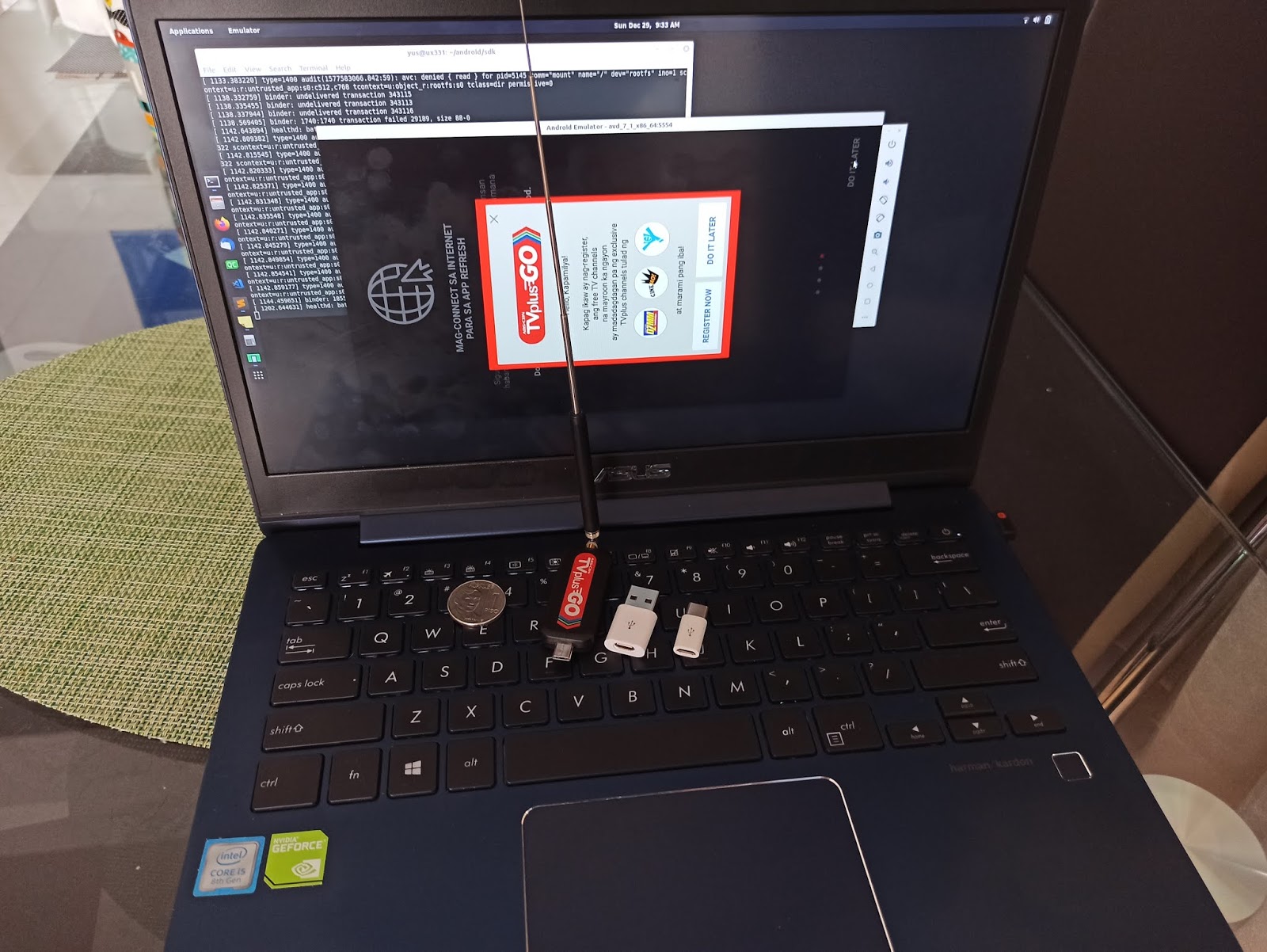
- #Android studio create arm emulator how to
- #Android studio create arm emulator install
- #Android studio create arm emulator android
- #Android studio create arm emulator download
- #Android studio create arm emulator windows
#Android studio create arm emulator download

Expected Number of Trials until Success.
#Android studio create arm emulator android
#Android studio create arm emulator how to
#Android studio create arm emulator install
#Android studio create arm emulator windows
Open a new, separate CLI (If you are running an emulator, there will be two CLI windows one for your emulator, and one for your project). Locating and Running your Dart Project with the Emulators To now boot a second emulator, just go through the above steps again in a new, separate CLI window. For example, mine is located in my D drive in a folder called "AndroidSDK_dec10_2020" so I use the commands: D:Ģ (optional)) From here, in order to list the emulators that exist on your machine, you can use the command: emulator - list-avdsģ) I typically copy the name of an emulator I wish to use from the list and then use the command: emulator -avd emulator_nameģ.a) If you chose to have the emulator "Quick Boot" on startup and wish to cold boot the device you can use: emulator -avd emulator_name - no- snapshot- load Once your CLI is open, navigate to the directory where your Android SDK exists and open the "emulator" folder. Type cmd into the textbox and click Enter or OK. Locating and Running your Emulator in CLIġ) To open your CLI, you can click the Windows key + R. From here, you can select "Finish" and you will now see your emulator listed in the AVD Manager. This, of course, will take longer (maybe about a minute or so) but in the end is worth it. For faster boot up times (let's say to quickly test code), you can have the "Quick Boot" option selected, however, I find that the emulator and the projects you install onto the device will work best if you have it Cold Boot upon start-up. In addition to these choices, if you select the "Show Advanced Settings" and scroll back down to "Emulated Performance", you will see the option for how the device will boot. If you are unsure how good your graphics card is, keep the "Automatic" option selected. If you know your machine isn't capable of handling a great deal of graphical content and has low processing capabilities, select the "Software" choice. If your machine has a decent graphics card, than I would suggest selecting the "Hardware" choice.

One other thing to note on this step is the "Emulated Performance" option. You will have to download the image before moving on to the next step.Īfter successfully installing a system image and clicking "Next", you will be taken to the Verify Configuration window and from here, you can rename your emulator (I'd recommend a short name or the automatically generated one as this will be useful later). I use "R" as it is the most up-to-date image. After selecting one, and clicking "Next", you will need to select a system image for the device. Personally, I recommend the "Pixel XL" and/or the "Pixel 3a XL", but it is completely your choice. This should open a window that looks like this:įrom here, select "Create Virtual Device", and you will be taken to a window that lists a great number of virtual devices. To open the AVD Manager, select the circled icon in the above image. Once open, you will need to navigate the top section of the IDE where you will see the following icons:

To create an AVD, you must first have Android Studio running and open. This will be a step-by-step guide on how to create these emulators and get them up and running. Fortunately, the Windows command prompt is capable of launching any number of emulators (or as many as your processor can handle!). Android Studio as an IDE is great to an extent, however, when utilizing its Android Virtual Device (AVD) Manager, it can become frustrating, especially if you wish to run more than one emulator at a time to test features on a project, for example chatting, file streaming, etc.


 0 kommentar(er)
0 kommentar(er)
